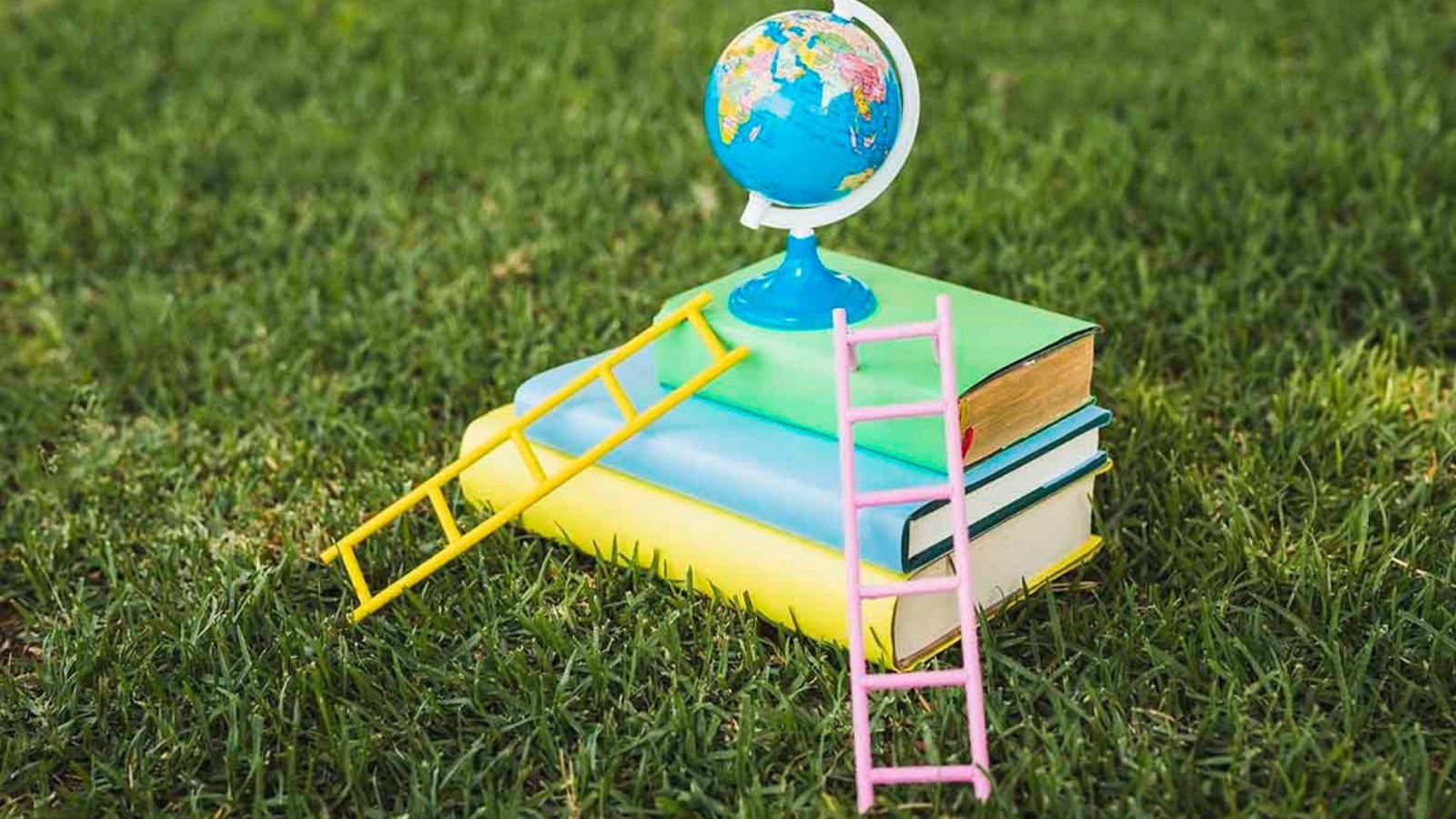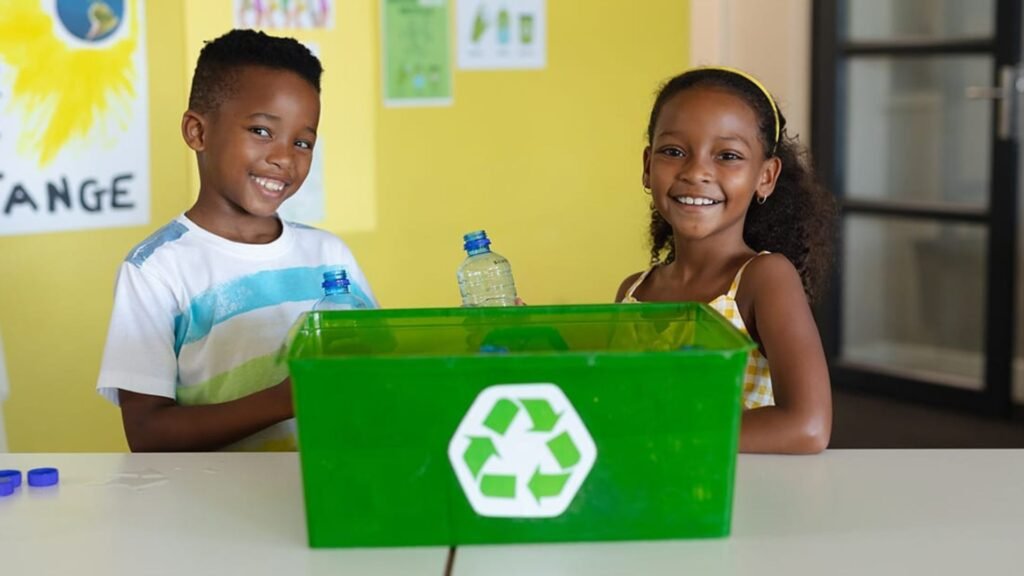Creating a green classroom is a powerful way to instill environmental responsibility in students while promoting a healthy learning environment. By adopting eco-friendly practices, teachers can reduce the classroom’s ecological footprint and inspire students to make sustainable choices. Here’s a guide on how to create a green classroom with practical and effective strategies.

Reduce, Reuse, and Recycle
Implement a Classroom Recycling Program
Set up recycling bins for paper, plastic, and other recyclable materials. Teach students what can and cannot be recycled, and encourage them to recycle regularly. To make it fun, consider assigning “recycling monitors” to help ensure that waste is properly sorted.
Encourage Reusing Materials
Before buying new supplies, think about ways to reuse items. For instance, use both sides of the paper, repurpose old notebooks for scratch paper, and find creative uses for items that might otherwise be thrown away. Encourage students to bring in materials from home that can be reused for classroom projects.
Minimize Paper Use
Reduce paper consumption by going digital whenever possible. Utilize online platforms for assignments, quizzes, and communication with students and parents. When printing is necessary, use double-sided printing and opt for recycled paper.
Create a Sustainable Classroom Environment
Incorporate Plants
Adding plants to your classroom not only enhances the aesthetic but also improves air quality by filtering out pollutants. Choose low-maintenance plants like spider plants, pothos, or peace lilies, which are known for their air-purifying properties. Involve students in caring for the plants to teach responsibility and the importance of green spaces.
Use Eco-Friendly Cleaning Products
Switch to environmentally friendly cleaning products that are free from harsh chemicals. This reduces the exposure of students and staff to potentially harmful substances and is better for the environment. You can also teach students about the importance of using non-toxic products at home.
Optimize Natural Light
Maximize the use of natural light to reduce the need for artificial lighting. Open blinds or curtains during the day to let in sunlight, which can also create a more inviting and positive atmosphere. If your classroom lighting is outdated, advocate for energy-efficient bulbs and fixtures.
Promote Energy Efficiency
Turn Off Lights and Electronics
Make it a habit to turn off lights, computers, and other electronic devices when they are not in use. Assign students to be “energy monitors” to ensure that lights and electronics are turned off at the end of the day or when the classroom is empty.
Use Energy-Efficient Devices
If possible, use energy-efficient appliances and electronics in the classroom, such as LED lights, energy-saving power strips, and laptops with low power consumption. These devices use less energy, helping to reduce the classroom’s overall carbon footprint.
Control Classroom Temperature
Be mindful of heating and cooling the classroom. Keep windows and doors closed when the heating or air conditioning is on, and dress appropriately for the season to minimize the need for excessive heating or cooling. Consider advocating for programmable thermostats in your school to optimize energy use.
Incorporate Sustainability into the Curriculum
Teach Environmental Education
Integrate lessons on environmental issues, sustainability, and conservation into your curriculum. This can be done through science, social studies, or even art projects. Educating students about the impact of their actions on the environment empowers them to make more sustainable choices in their daily lives.
Organize Eco-Friendly Projects
Engage students in projects that promote sustainability, such as starting a classroom garden, organizing a school-wide recycling drive, or participating in local environmental clean-up efforts. These hands-on activities make learning about the environment practical and impactful.
Discuss Current Environmental Issues
Encourage discussions about current environmental challenges, such as climate change, deforestation, and pollution. Help students understand these issues’ local and global impacts, and brainstorm solutions that they can contribute to as individuals or as a class.
Conclusion
Creating a green classroom is about more than just implementing eco-friendly practices; it’s about fostering a culture of sustainability that students will carry with them beyond the classroom. By reducing waste, conserving energy, and integrating environmental education into your teaching, you can make a significant impact on both your students and the planet. Together, teachers and students can build a greener, more sustainable future.

